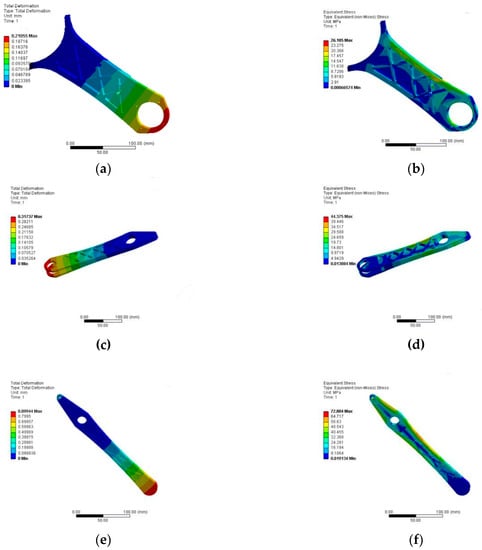


I create a GitHub private repository for my project.I write and test my robot controller locally.
#WEBOTS SIMULATION SOUND INSTALL#
#WEBOTS SIMULATION SOUND CODE#
Then, I will want to submit the code of my robot controller to the competition web site. Competition ParticipantĪs a student participating in a robot programming competition, I want to develop a robot controller for a specific scenario provided by the competition organizers. In this case, there is no need for a docker container as no code is executed (except the Javascript code inside the PROTO, but this doesn't represent any security threat). It may be possible to provide several versions of the same PROTO for different version of Webots by using different git tags or branch named against the corresponding versions of Webots, e.g., R2022a, R2022b, etc. I register my GitHub repository on webots.cloud to advertise it.The icon file corresponding to the PROTO file.proto file which refers to a specific version of Webots in the header line. I push my files on this repository, including:.I create a public GitHub repository for my project.I create a 3D model of an object as a Webots PROTO file, meshes and textures.I download and install Webots, Blender, FreeCAD, Gimp and other tools on my computer.My model may be a passive object (like a table), a sensor (like a specific model of a lidar), an actuator (like a gripper), or a simple robot (with no controller program and no robot window). 103–115.As a researcher, I want to design a 3D object model for use in Webots and share it with my colleagues or the robotics community. In: Şahin, E., Spears, W.M., Winfield, A.F.T. Adaptive Behavior 11(4), 209–243 (2003)Ĭianci, C.M., Raemy, X., Pugh, J., Martinoli, A.: Communication in a Swarm of Miniature Robots: The e-Puck as an Educational Tool for Swarm Robotics. 120:287–120:310 (2001)īeer, R.D.: The dynamics of active categorical perception in an evolved model agent (with commentary and response).

and Marocco, D.: Evolving robots able to integrate sensory-motor information over Time. (eds.) The Horizons for Evolutionary Robotics. In: Vargas, P., Di Paolo, E., Harvey, I., Husbands, P. MIT Press, Boomington (2006)ĭe Greeff, J., Nolfi, S.: Evolution of communications in robots. Marocco, D., Nolfi, S.: Self-Organization of Communication in Evolving Robots. Ra–Ma Editorial, Spain (2004) (in Spanish)Įvorobot*, Evolutionary Robotics Simulator, Ĭyberbotics, Webots: Commercial Mobile Robot Simulation Software, Santos, J., Duro, R.: Artificial Evolution and Autonomous Robotics. Nolfi, S., Floreano, D.: Evolutionary Robotics. Reynolds, C.W.: Evolution of Obstacle Avoidance Behaviour: Using Noise to Promote Robust Solutions. In: Proceedings of the Eleventh Conference on Congress on Evolutionary Computation, Trondheim, Norway, May 18-21, pp. Mouret, J., Doncieux, S.: Overcoming the bootstrap problem in evolutionary robotics using behavioral diversity. In: IEEE Congress on Evolutionary Computation (2010)ĭeb, K.: Multiobjectives optimization using evolutionary algorithms. (2001)ĭoncieux, S., Mouret, J.: Behavioral diversity measures for Evolutionary Robotics. In: Search Optimization & Machine Learning. University of Michigan Press, Ann Arbor (1975) Holland, J.: Adaptation in Natural and Artificial Systems. In: Tempesti, G., Tyrrell, A.M., Miller, J.F. Trefzer, M.A., Kuyucu, T., Miller, J.F., Tyrrell, A.M.: Evolution and Analysis of a Robot Controller Based on a Gene Regulatory Network. Mondana, F., Bonani, M.: The e-puck education robot,


 0 kommentar(er)
0 kommentar(er)
